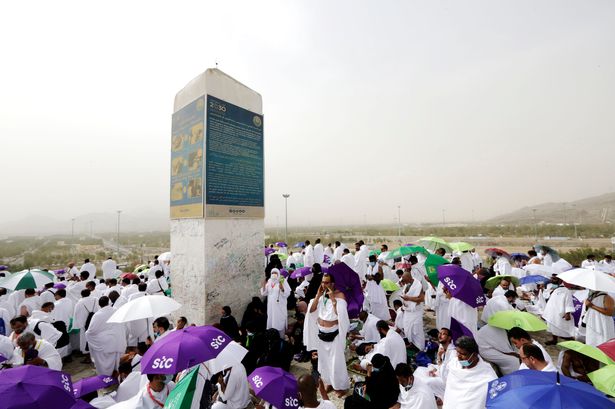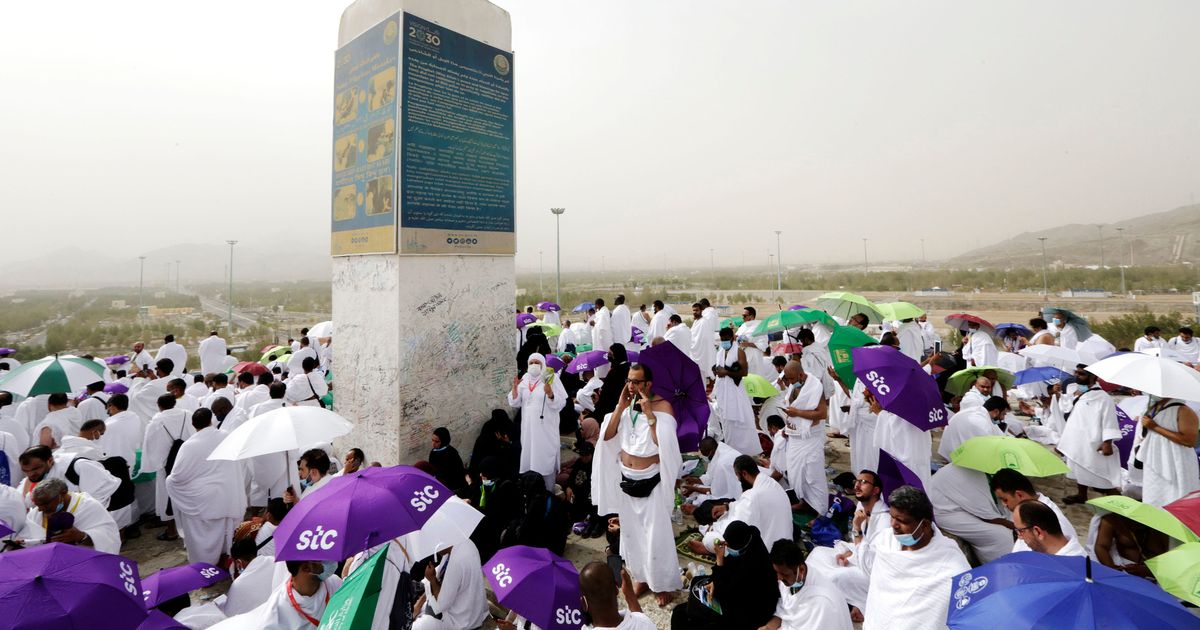The moonsighting decides the dates of Dhul Hijjah, the Day of Arafah and Eid ul Adha
18:15, 27 May 2025Updated 18:22, 27 May 2025
 Pilgrims pray at the Plain of Arafat, during the annual Hajj pilgrimage, near Mecca, Saudi Arabia. The Hajj, Day of Arafah and Eid ul Adha are key events during the month of Dhul Hijjah(Image: AP)
Pilgrims pray at the Plain of Arafat, during the annual Hajj pilgrimage, near Mecca, Saudi Arabia. The Hajj, Day of Arafah and Eid ul Adha are key events during the month of Dhul Hijjah(Image: AP)
The date of Eid ul Adha 2025 has been announced in Saudi Arabia after a moonsighting. This will also be used to determined when Birmingham’s next set of Eid celebrations will take place.
Saudi astronomers and other officials went to the country’s observation points on May 27 to try to get a glimpse of the faint crescent of the new moon.
It’s customary to look for the crescent on the 29th day of a month to see when the next month will start.
READ MORE:
Saudi officials later announced: “The crescent moon has been sighted in Saudi Arabia – Dhul Hijjah 1446 begins tonight.” They added that this means that the Day of Arafah will be on June 5 and Eid ul Adha on June 6.
Eid ul Adha, which lasts three days and starts on the 10th day of Dhul Hijjah, means festival of the sacrifice and honours faith and devotion as shown by the Prophet Ibraham (Abraham) when asked to sacrifice his own son to God. As he was about to go ahead and do so, he was rewarded for his obedience with a ram to slay instead.
Worshippers pay for the ritual slaughter of livestock and arrange to share one-third of the meat with the poor and destitute who would not otherwise be able to participate in the event.
This ritual sacrifice of a goat, sheep, cow, buffalo or camel by the head of each household is called Qurbani. These days, Qurbani is usually carried out via an online donation to charities to feed the hungry in deprived areas of the world.
Eid ul Adha also falls on the third day of the Hajj, an annual pilgrimage to Mecca that all healthy adult Muslims must perform at least once in their lifetime.
The Day of Arafah is the second day of the Hajj pilgrimage, just before Eid ul Adha. It involves worshippers carrying out a vigil in the area of Mount Arafat and the adjacent Plain of Arafat.
Mount Arafat is where the Prophet Muhammad delivered his last sermon in the final year of his life, on the ninth day of Dhul Hijjah in 632 AD.
Pilgrims gather at the site to pray for forgiveness for all their sins in the preceding year and the coming year.
It’s traditional to take part in fasting on the Day of Arafah. Those not carrying out the pilgrimage are also expected to fast to earn the same forgiveness.
You can sign up for our Brummie Muslims newsletter for the latest updates on Ramadan, Eid and other news and dates throughout the Islamic calendar.
